Social media has arguably been the biggest driving force behind Web 2.0. Most of the internet as we know it is centered around user-generated content, which has been made possible by these networking sites. According to analysts, more than 4.41 billion of the projected 8.1 billion global population size will be actively using social media in 2025.
However, some issues have been raised with these centralized social media platforms. All user data is usually stored in a central server facility, which is controlled by the platform’s parent company. These companies have been known to sell this data to advertisers to assist them in targeted marketing. There have also been allegations of these companies using this data to manipulate their users during elections and other decision-making processes. How can we remedy this? Enter blockchain-powered social media.
Social media on blockchain – How it works
Since the launch of the Ethereum chain, most subsequent blockchains have been built with smart contract functionality. These self-executing codes allow for the development of decentralized applications (dApps) on these blockchains. These dApps could serve various functions, from gaming and finance to social networking. Ethereum, Steem, and Stellar are some of the chains on which social media dApps have been developed.
The social networks hosted on these chains are decentralized, which means user data is stored in a network of nodes that make up the blockchain. What’s more, any interactions on the network are end-to-end encrypted; thus, only the participating parties have access to the information within them. Additionally, these platforms utilize their blockchain’s native cryptocurrency to facilitate transactions between users. This can help in tipping content creators and crowdfunding for projects. This way, the content creators earn from their art.
Benefits of decentralizing social media
First and foremost, we have established that the centralized social media sites of today are not without their shortcomings. For one, they sell user data to advertisers, meaning the bulk of the income from user-generated content goes to the companies themselves. Second, this data is often utilized to manipulate the masses’ way of thinking on contentious social issues. Further, they are easy to hack, and several notable celebrities have been the subject of said hacks over the years.
By decentralizing social media, we achieve the benefits in the list below.
- They prevent the sale and usage of user data.
- Since no central authority can censor content, it promotes the user’s freedom of expression.
- Interactions are encrypted, thus maintaining a sense of privacy.
- Cryptocurrencies can be used to crowdfund for content creation.
Top social media platforms built on blockchain
Peepeth
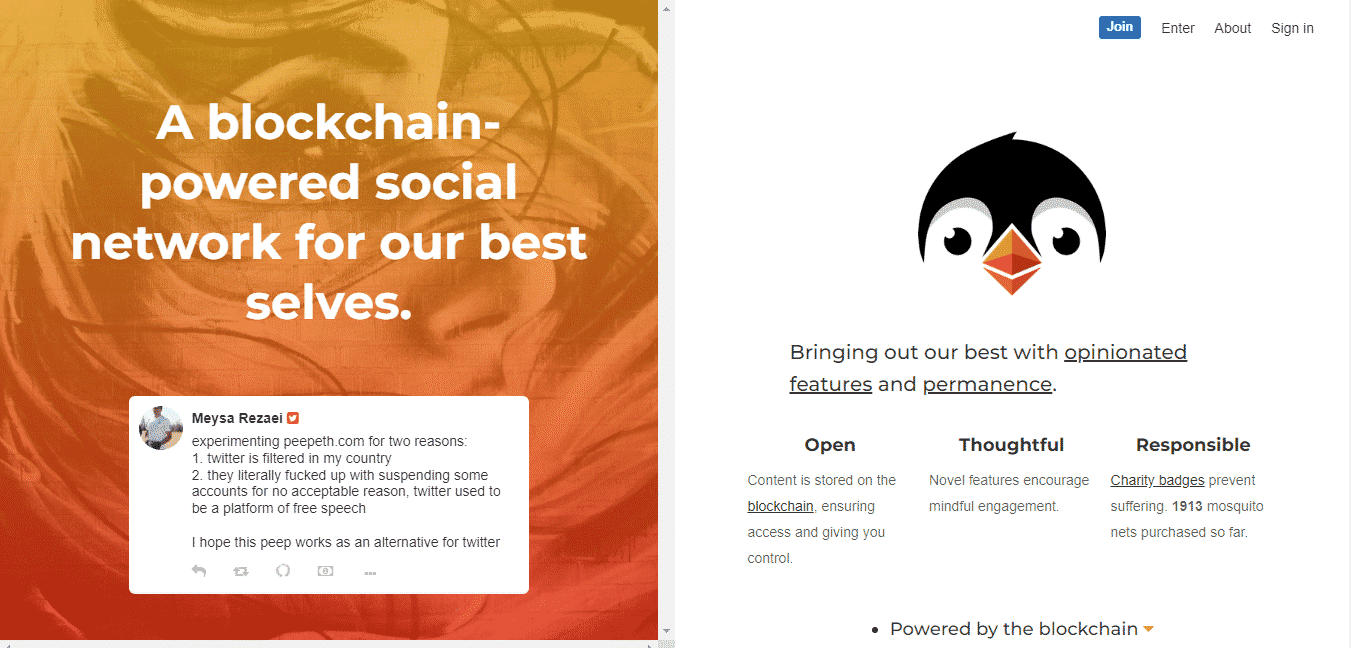
This is a decentralized microblogging site that closely resembles Twitter. It is hosted on the Ethereum chain, which is a popular destination for dApp developers. Though users incur gas fees for using it, it boasts transparency while promoting user anonymity. Whatever a user posts are stored immutably on Ethereum, which means it can’t be censored or otherwise edited. This is unlike Twitter, which we saw censor Donald Trump’s tweets after he was voted out of the presidency at his last American election.
Society2
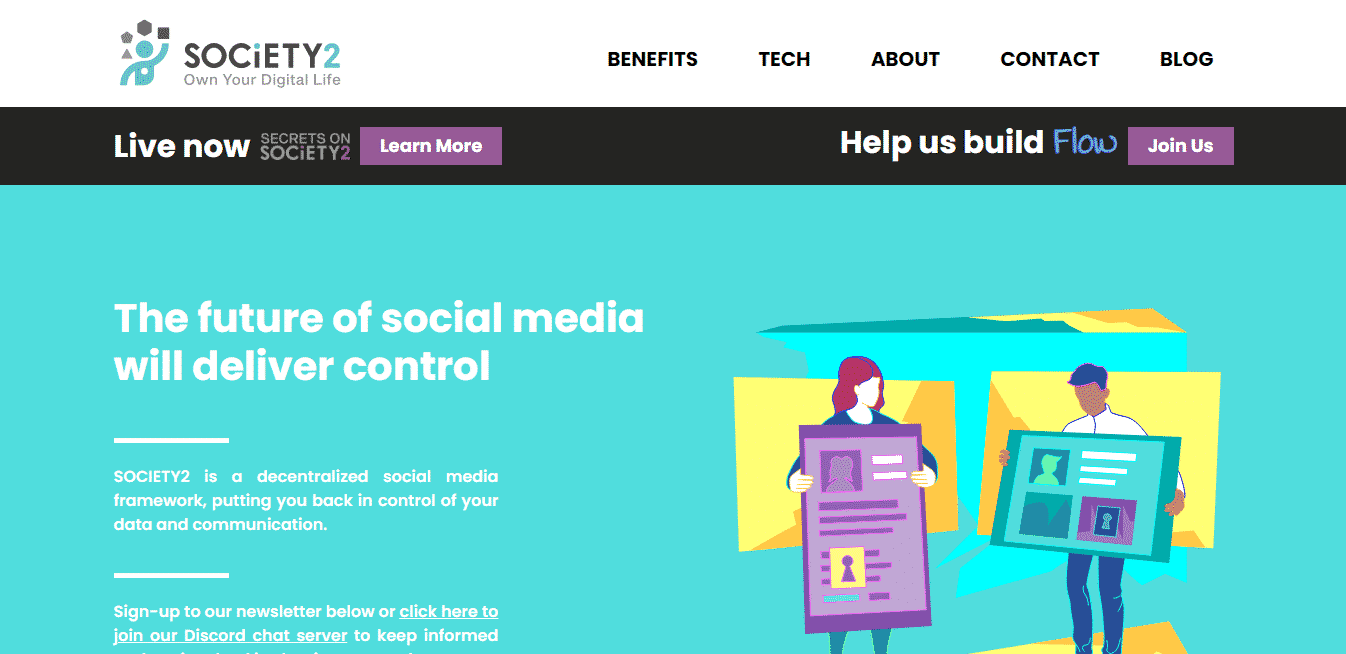
This is a decentralized networking platform built on the IOTA blockchain. In it, you can choose to have a private account, where your data is inaccessible to anyone else but you. You can also utilize their Secrets feature to communicate privately with individuals or within a group setting. You can choose to have an ad-free experience, though opting into ads allows you to earn IOTA tokens. Further, developers can use its open-source code to develop other networking platforms based on its architecture.
Sapien
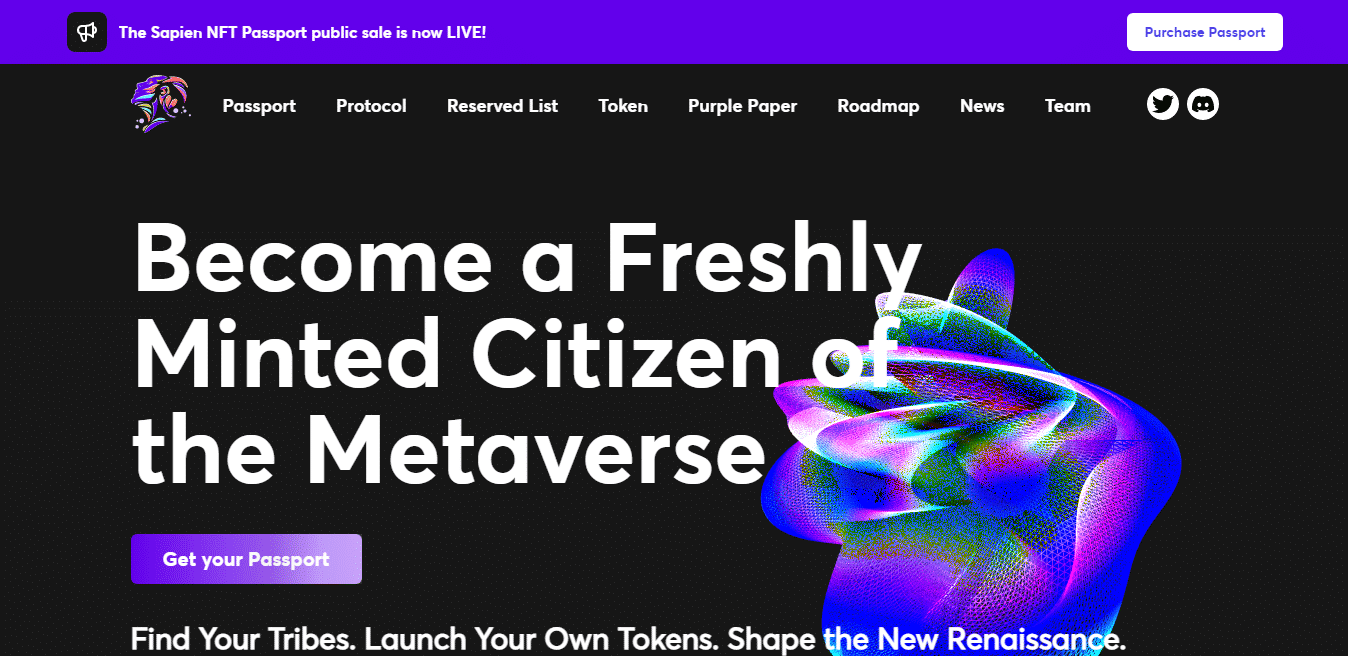
This is a Web 3.0 networking platform built on the Ethereum chain. To use it, you would have to purchase an NFT passport, which gives you access to the Sapien metaverse. To explore this virtual world, you would need an avatar, of which you can choose one from famous historical figures.
Once in, you can find a tribe to join or create your own with other like-minded users. Each tribe acts as a decentralized autonomous organization (DAO), which means members get to vote on issues that affect them. Each of these DAOs can also create its own digital tokens and own collective assets, whether digital or physical. You can also stake SPN tokens on Sapien, which allows you to earn from creating content, commenting on other posts, and voting on the platform.
Steemit
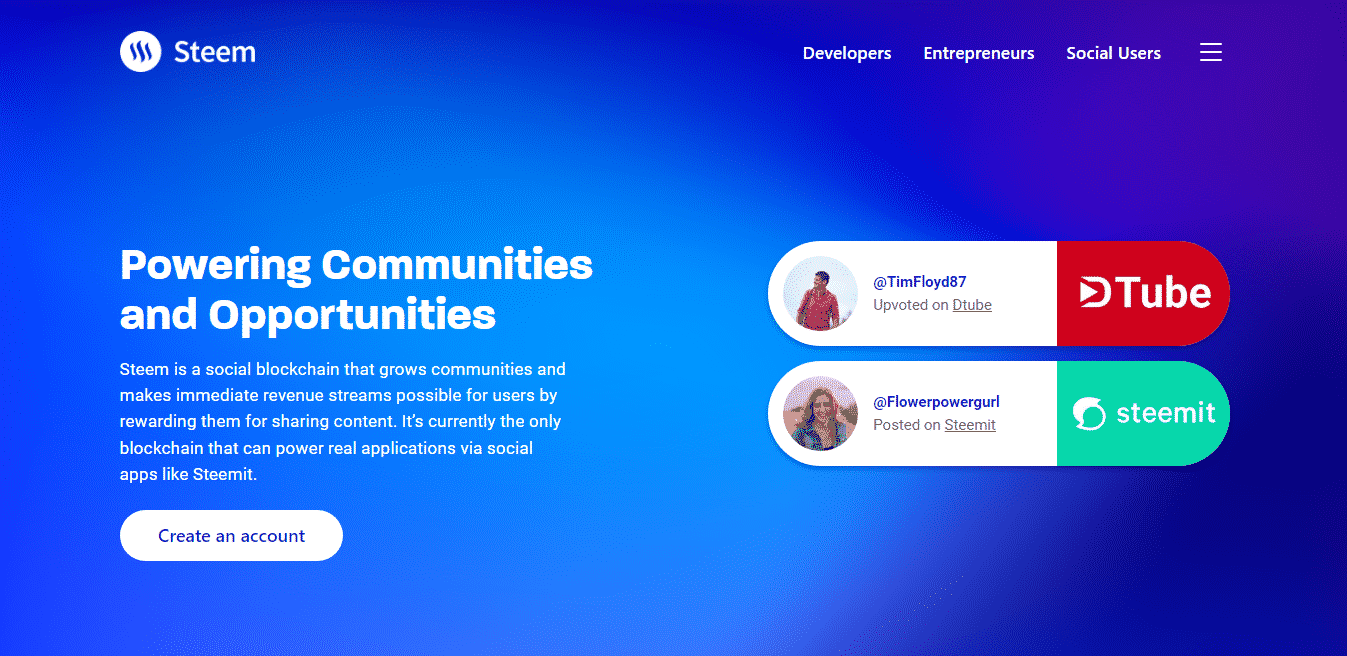
This is a networking platform hosted on the Steem blockchain. In it, users create content, which is upvoted by other users. Depending on the number of upvotes and engagement their post receives, the user is rewarded with smart media tokens (SMT). Since July 2018, nearly $60 million worth of SMT has been paid out to content creators. Additionally, users can transact free of charge on the platform, and its open-source code can be used to create other steem-based apps.
Diaspora*
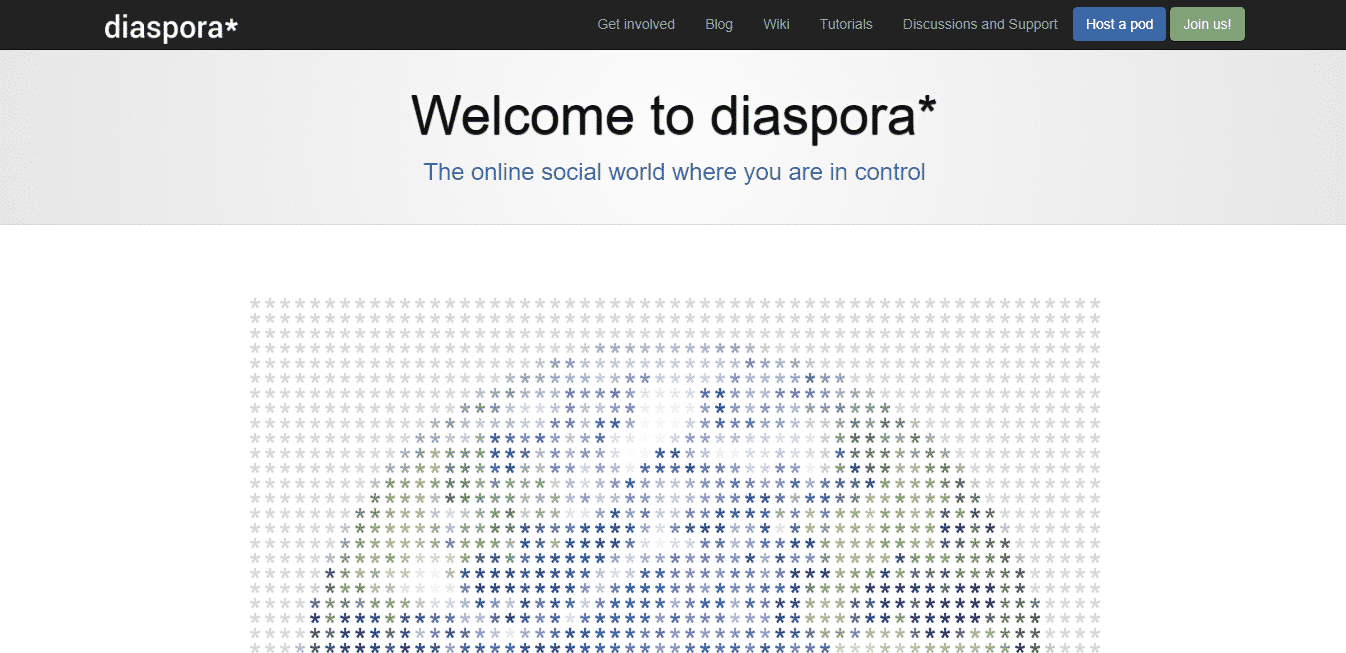
This is a decentralized social network run by its users. It consists of a network of several nodes called pods. Users can choose which pods to register with when they sign up. Once in, they can use hashtags to follow topics they are interested in, just like with traditional social media. Users could choose to divulge some personal information on the site, or they could choose to remain anonymous. What’s more, Diaspora* has an Aspects feature that lets them choose who can see their data.
Conclusion
For all its bells and whistles, social media has not been without its shortcomings. Primarily, there have been user commodification concerns and privacy issues raised. There is a need to take away the all-encompassing power of the companies behind centralized social media sites and give it back to the users. This is achieved by decentralizing these platforms. In so doing, users enjoy anonymity and data privacy. They also get to control who accesses their data, which gives them a chance to earn from it.
